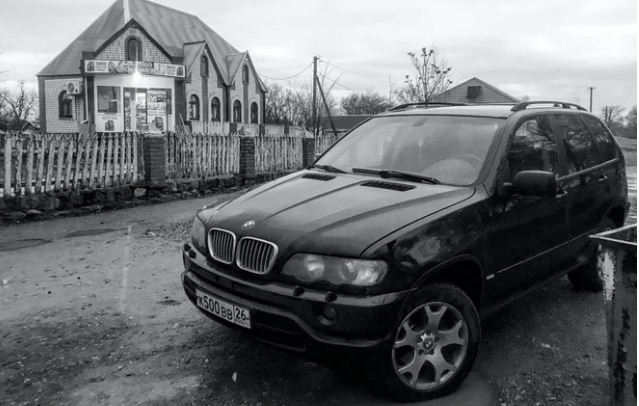This was a piece of advice that a vastly experienced car salesman gave one of our colleagues when she mentioned that she was looking for suggestions on how to buy a second-hand car:
Never allow the seller to show you a second-hand car when its raining because the glistening drops of water will make the paintwork look better than it actually is.
If that seems like a joke to you, think again. Of such tiny details are composed the guides to buying second-hand cars.
Another similar piece of advice is that you should always look along the body of a car standing at the front or back of the car so that you have a clear view of the side panels.
That way, you can make out evidence of recent (hasty) repair or paint jobs to hide unsightly dents and bumps.
Another sure sign of a patchy repair job is spray paint on the window rubber linings, which a careless mechanic has left on.
Feel like a detective yet? It gets better. Quite often, a second-hand car seller will try and convince you that a car has done only 15,000 miles while to you it looks more like 50,000.
Since it is quite possible that the mileage clock has been tampered with, you should check the steering wheel and the accelerator pedal rubber for signs of wear and tear.
Incidentally, did you know that clutch and brake pedal rubbers can be and frequently are replaced?
However, the accelerator pedal is tough to replace and therefore provides a good clue about the actual mileage. In the same vein, you should check beneath the car for signs of oil or water leakage.
One of the most vital areas to inspect are tires. Mostly, a casual check will reveal signs of wear and tear, but you need to check more carefully for signs of uneven wear.
If you see that the tires are worn out more on one side than on the other, you may safely assume that the car has either been in an accident (in that case, you will have to make sure that the chassis is not twisted) or there is something wrong with the wheel balance.
After having checked all these areas, you have to test drive the car and listen carefully for odd noises.
At the same time, check the steering wheel for vibration and check whether the wheels are pulling more to one side than the other. Also, put the gearbox though its paces by driving in all gears.
Once you have driven for some time, the engine should be hot enough for you to check the oil. If the oil is murky it means water is leaking into it somehow, which probably means a head gasket.
Also be on the alert for brand new oil, because it doesn’t make sense for a seller to replace the oil before selling a car unless he is trying to gloss over a defect. And in the end, check to see whether there is oil in the water reservoir.
Finally, go through the paperwork very carefully. One of the first things to check is whether the registration document is in the seller’s name.
Quite often, you may find a trader posing as a private seller. The service history should match the second-hand car being sold.
And very importantly, check the engine and chassis numbers to see if they correspond to those on the registration document.
The numbers ought to be on a small plate beneath the bonnet. If the plate is missing, look elsewhere for your second-hand car. You don’t want to end up with stolen property!
Now that you know how to buy a second-hand car, make sure you don’t miss out on any of the steps above.

